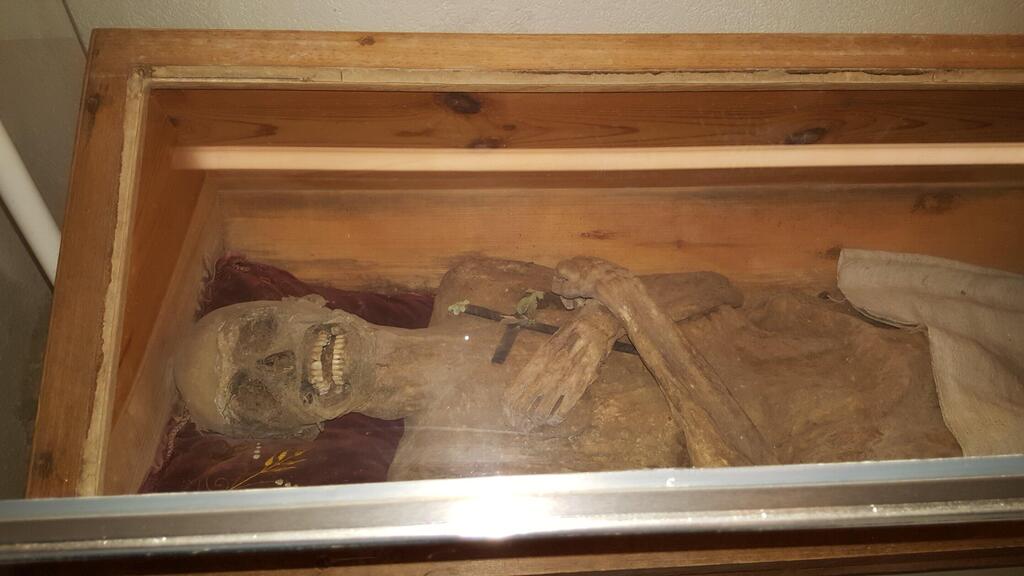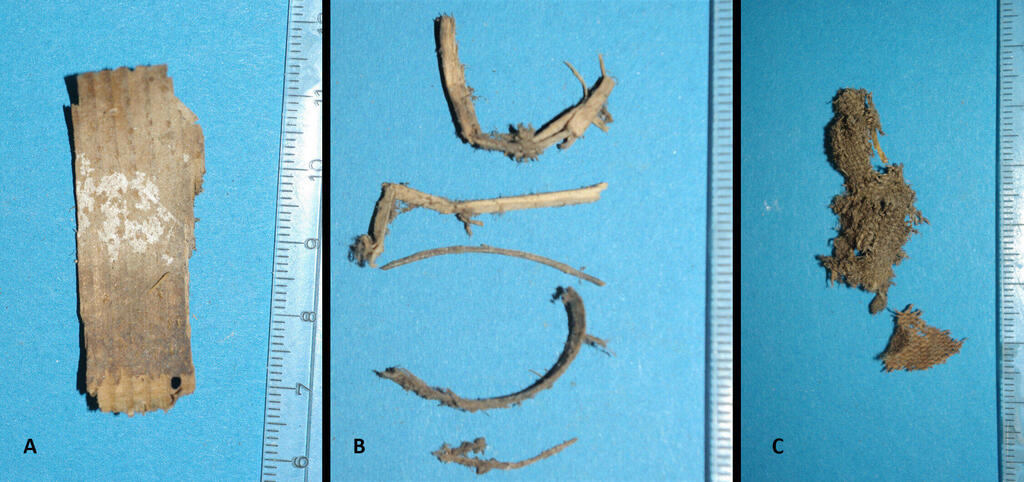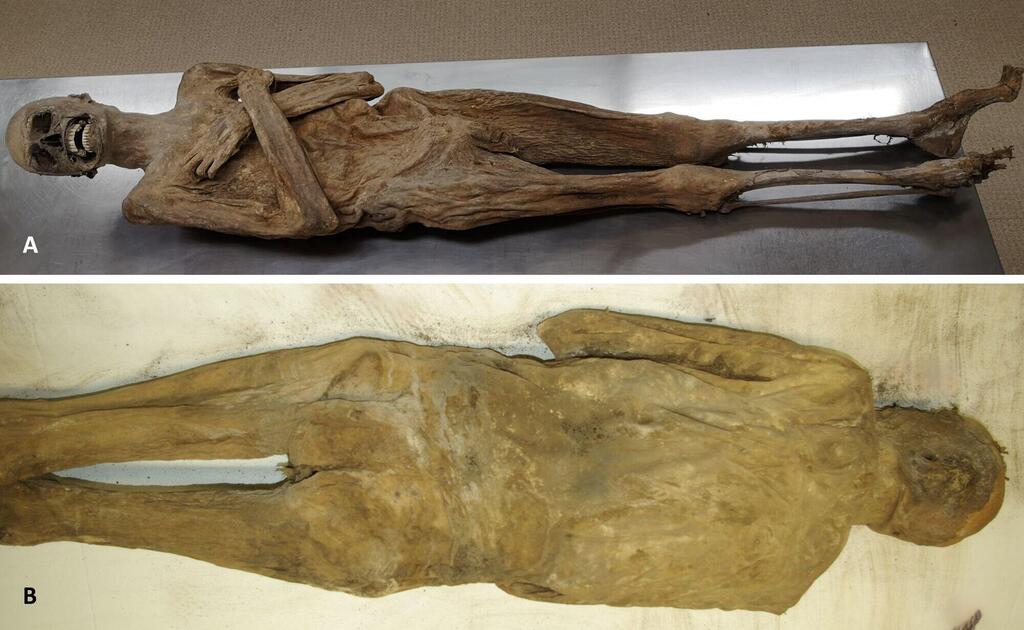For centuries, cultures around the world have practiced mummification—often for religious reasons—using techniques that varied widely. Now, researchers have uncovered a previously undocumented mummification method after analyzing a remarkably well-preserved mummy found in a small Austrian village near the Danube River.
The international research team offered new insights into lesser-known embalming techniques, which also led to the identification of the body. “The mummy, exceptionally preserved in a church crypt in the district of Perg, Upper Austria, is the body of a local parish priest, Franz Xaver Sydler von Rosenegg, who died in 1746,” said Dr. Andreas Nerlich, a pathologist specializing in mummified remains at Ludwig Maximilian University of Munich and a co-author of the study published in Frontiers in Medicine.
3 View gallery


The body of the Austrian priest discovered in the crypt of St. Thomas am Blaschenstein Church in Austria
(Photo: Andreas Nerlich)
According to Nerlich, the preservation was achieved through an unusual technique: the abdominal cavity was filled with wood chips, twigs, and fabric, along with the application of zinc chloride to internally dry the body—unlike more common methods that involved opening the body.
The team conducted an extensive analysis that included a CT scan, autopsy, and radiocarbon dating. The upper torso of the mummy was completely intact, while the lower limbs and head showed signs of postmortem decay. When the body was opened, the team found spruce and fir wood chips, branch fragments, and various fabrics including linen, hemp, and flax—all materials readily available in the region at the time.
Researchers believe this combination of materials played a key role in preserving the mummy so well. They also discovered a small glass bead, pierced at both ends, inside the body. “It’s clear the wood chips, twigs, and dry fabrics absorbed a significant amount of fluid from the abdominal cavity,” said Dr. Nerlich, noting that the zinc chloride likely contributed significantly due to its strong desiccating effect.
Detailed analysis indicated that the priest was between 34 and 45 years old at the time of death. The researchers believe he had enjoyed a relatively high-quality diet composed of Central European grains, animal products, and possibly freshwater fish. Toward the end of his life, however, he may have suffered food shortages, likely due to the War of the Austrian Succession.
<< Get the Ynetnews app on your smartphone: Google Play: https://bit.ly/4eJ37pE | Apple App Store: https://bit.ly/3ZL7iNv >>
That war, fought from 1740 to 1748, involved nearly every major European power. It broke out when Frederick II of Prussia seized Silesia from Austria, challenging Maria Theresa's inheritance of the Habsburg throne and title of Holy Roman Empress.
3 View gallery


One of the wood chips on the left, the twigs in the middle and the cloth on the right, taken out of the embalmed body of the Austrian priest
(Photo: Andreas Nerlich)
The team also found that the priest had likely led a sedentary lifestyle consistent with his vocation, was a heavy smoker, and had developed pulmonary tuberculosis before his death. Since embalming was rare at the time, it remains unclear why this particular priest received such elaborate treatment.
“We have some written records of bodies being ‘prepared’ for transport or for elongated burials,” Dr. Nerlich noted, “though none provide detailed descriptions of such procedures. It’s possible the original plan was to transfer the priest’s body to his home monastery—a transfer that may have failed for unknown reasons.”


